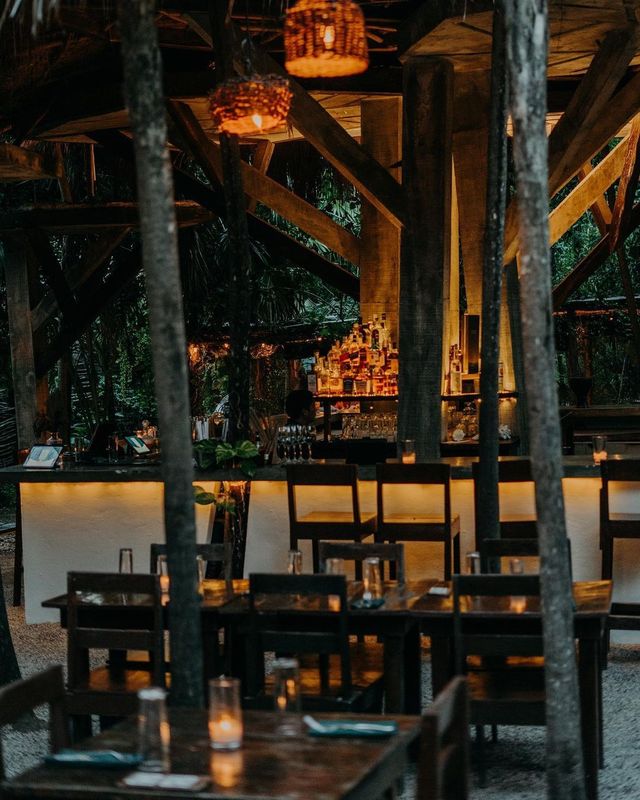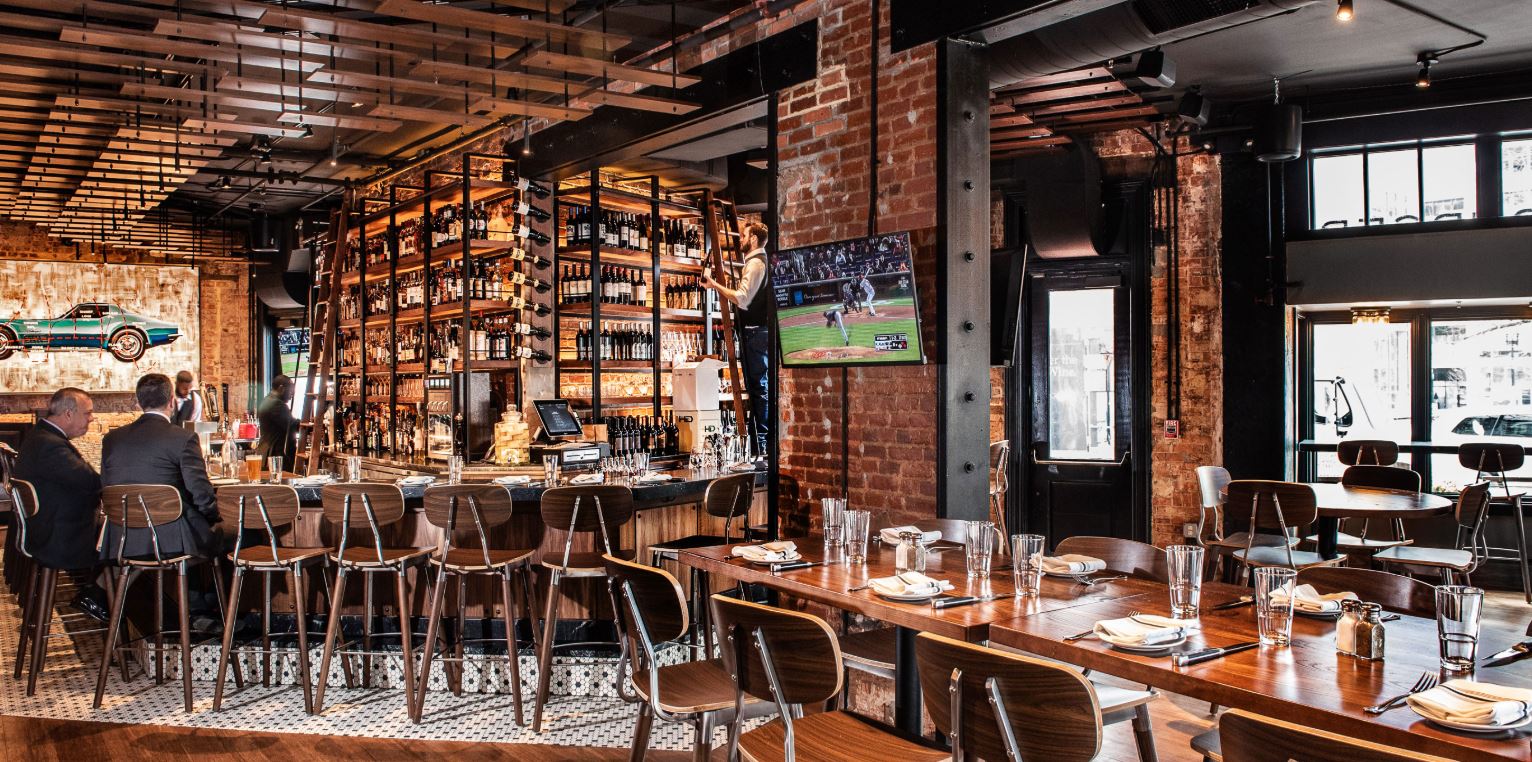Asian Fusion Restaurant: A Special Dining Experience in the Heart of Islamabad
Wiki Article
Savor Genuine Oriental Food With a Pan-Asian Twist for a Cooking Journey
Embarking on a cooking trip with authentic Asian cuisine, enhanced with a Pan-Asian twist, provides a distinct opportunity to check out the abundant tapestry of flavors that define the area's varied cooking customs. This experience welcomes you to savor the beautiful balance of tastes-- pleasant, salty, spicy, and sour-- integrated by fragrant herbs and spices. Imagine the ingenious fusion of Thai curry and ramen or the unanticipated joy of sushi burritos. As you consider these luring recipes, take into consideration the cultural narratives and historical impacts that shape them, each bite supplying a story waiting to be found.
Checking Out Pan-Asian Tastes
In the world of worldwide gastronomy, Pan-Asian cuisine stands apart for its remarkable variety and the unified interaction of tastes from different Eastern societies. This culinary approach commemorates the abundant practices and special ingredients located throughout the continent, creating a tapestry of tastes that is both rewarding and appealing. Key to Pan-Asian food is its ability to stabilize different tastes-- pleasant, salted, spicy, and sour-- while highlighting the quality and top quality of each active ingredient.From the umami-rich soy sauce of Japan to the intense chili peppers of Thailand, Pan-Asian food offers a comprehensive scheme of tastes. These elements are frequently combined in creative methods, enhancing meals with layers of complexity. For example, the use of aromatic herbs such as lemongrass and cilantro, usual in Vietnamese and Thai cuisine, adds a revitalizing illumination to meals, while the unification of coconut milk provides a velvety, abundant texture.
The focus on fresh fruit and vegetables and fragrant flavors ensures that each dish is not only a feast for the palate but likewise for the detects. Pan-Asian cuisine welcomes restaurants to start a cooking journey, discovering the large and varied landscapes of Oriental gastronomy with every bite.
Fusion Dishes to Try
While Pan-Asian food is celebrated for its standard flavors, the modern-day culinary landscape is significantly accepting blend meals that blend these timeless components with influences from various other areas. This ingenious approach not only honors the abundant heritage of Eastern cookeries however additionally presents unique preference experiences that interest modern tastes buds.
An archetype of such a blend meal is the Korean-Mexican taco, where seasoned bulgogi beef is wrapped in a cozy tortilla, topped with kimchi and a zesty gochujang-infused salsa. This mix marries the bold, mouthwatering flavors of Korea with the vibrant, fresh elements of Mexican cuisine. In a similar way, sushi burritos have actually gained appeal, integrating the delicate artistry of Japanese sushi with the hearty, hand-held benefit of a burrito, often including combination components like tempura shrimp and avocado with a drizzle of wasabi mayo.
One more noteworthy recipe is Thai curry ramen, which instills the luscious, fragrant flavors of Thai curry into the soothing brew of conventional Japanese ramen, developing an unified blend that entices the detects. These combination meals extend past plain novelty; they represent a culinary discussion between cultures, motivating expedition and innovation worldwide of Pan-Asian cuisine.
Essential Components and Spices
To genuinely value Pan-Asian cuisine, one need to recognize the crucial active ingredients and spices that create its foundation. This varied cooking design attracts from a rich tapestry of Eastern traditions, using a harmonious blend of flavors and textures. Key active ingredients include soy sauce, fish sauce, and oyster sauce, which impart a full-flavored umami depth necessary to Asian recipes. Corresponding to these are rice vinegar and mirin, offering a delicate acidity and sweet taste.Aromatic components are critical, with garlic, lemongrass, and ginger being common throughout numerous Pan-Asian recipes. These ingredients offer a great smelling base that improves the intricacy of tastes. Seasonings such as celebrity anise, cardamom, and cinnamon introduce heat and character, resembling influences from regions like China and India.

Food Preparation Techniques and Tips
Understanding the art of Pan-Asian cuisine needs experience with its distinctive food preparation strategies, each adding to the vivid tapestry of tastes this cooking custom is celebrated for. Central to these methods is the stir-fry, a quick cooking method that maintains the dietary stability and brilliant colors of ingredients. Utilizing a wok, the stir-fry approach permits also warmth circulation, essential for achieving the particular appearance and taste balance of Pan-Asian meals.An additional basic technique is steaming, especially prevalent in Chinese food. This mild method preserves the natural flavors and nutrients of ingredients, making it ideal for seafood and veggies. Dumplings, a beloved staple, often profit from steaming, leading to soft, delicious structures.
Barbecuing, also integral, imparts smoky depths to meals such as Oriental bulgogi or Japanese yakitori (pan asian restaurant Islamabad). This method typically includes marinating components, allowing tastes to penetrate deeply prior to food preparation over an open flame or hot plate
Last but not least, understanding the art of stabilizing tastes-- pleasant, sour, salty, bitter, and umami-- is important. Properly layering these components can raise a dish from average to phenomenal, offering a facility and pleasing cooking experience that symbolizes the significance of Pan-Asian food.
Dining Experiences Worldwide
Across the globe, Pan-Asian food provides an exceptional eating experience, commemorated for its rich tapestry of tastes and lively presentations. This culinary phenomenon has actually transcended social boundaries, catching the hearts and tastes buds of food fanatics worldwide. In multicultural cities like try this out New York, London, and Sydney, Pan-Asian dining establishments function as melting pots where culinary traditions from Thailand, Japan, China, and beyond merge, supplying diners with an eclectic mix of meals that highlight the region's diversity.The global allure of Pan-Asian cuisine hinges on its capability to use both authenticity and development. Cooks skillfully wed typical active ingredients such as lemongrass, soy sauce, and miso with modern techniques, leading to dishes that are both familiar and refreshingly brand-new. This fusion enables restaurants to begin on a cooking trip that values heritage while accepting modernity.
In addition, dining experiences are boosted through attentively go to the website created environments that reflect the values of Pan-Asian aesthetic appeals. From minimal Japanese-inspired insides to lively Thai-themed spaces, each dining establishment supplies an unique ambiance that complements the culinary offerings. As an outcome, clients are not just eating a dish but partaking in a cultural experience, making Pan-Asian eating a really worldwide phenomenon.
Conclusion
The expedition of Pan-Asian food supplies an extensive understanding of the elaborate interaction of tastes and cooking traditions throughout Asia. By welcoming blend meals such as Thai curry ramen and sushi burritos, the culinary journey not only highlights the adaptability of standard components however additionally showcases cutting-edge modern strategies. This gastronomic adventure, improved by vital flavors and cooking approaches, gives a distinct chance to appreciate the social variety and culinary creativity that define Pan-Asian cuisine on a worldwide scale.Beginning on a culinary trip via genuine Eastern food, improved with a Pan-Asian spin, supplies an unique opportunity to discover the rich tapestry of flavors that define the area's diverse culinary traditions.In the realm of worldwide gastronomy, Pan-Asian cuisine stands out for its amazing variety and the unified interaction of tastes from numerous Asian cultures. Key to Pan-Asian cuisine is its capacity to stabilize contrasting tastes-- pleasant, salted, spicy, and sour-- while highlighting the freshness and high quality of each active ingredient.

Report this wiki page